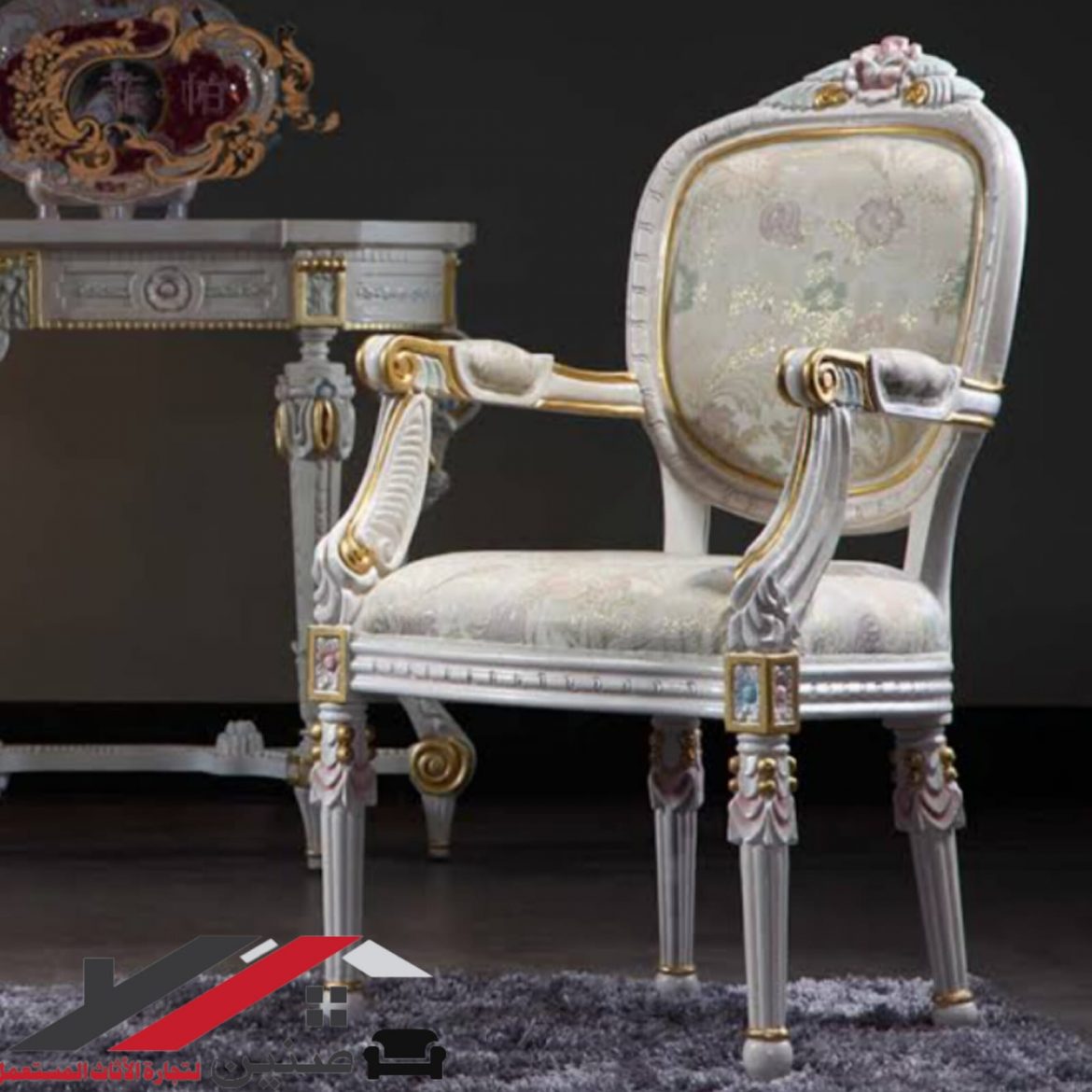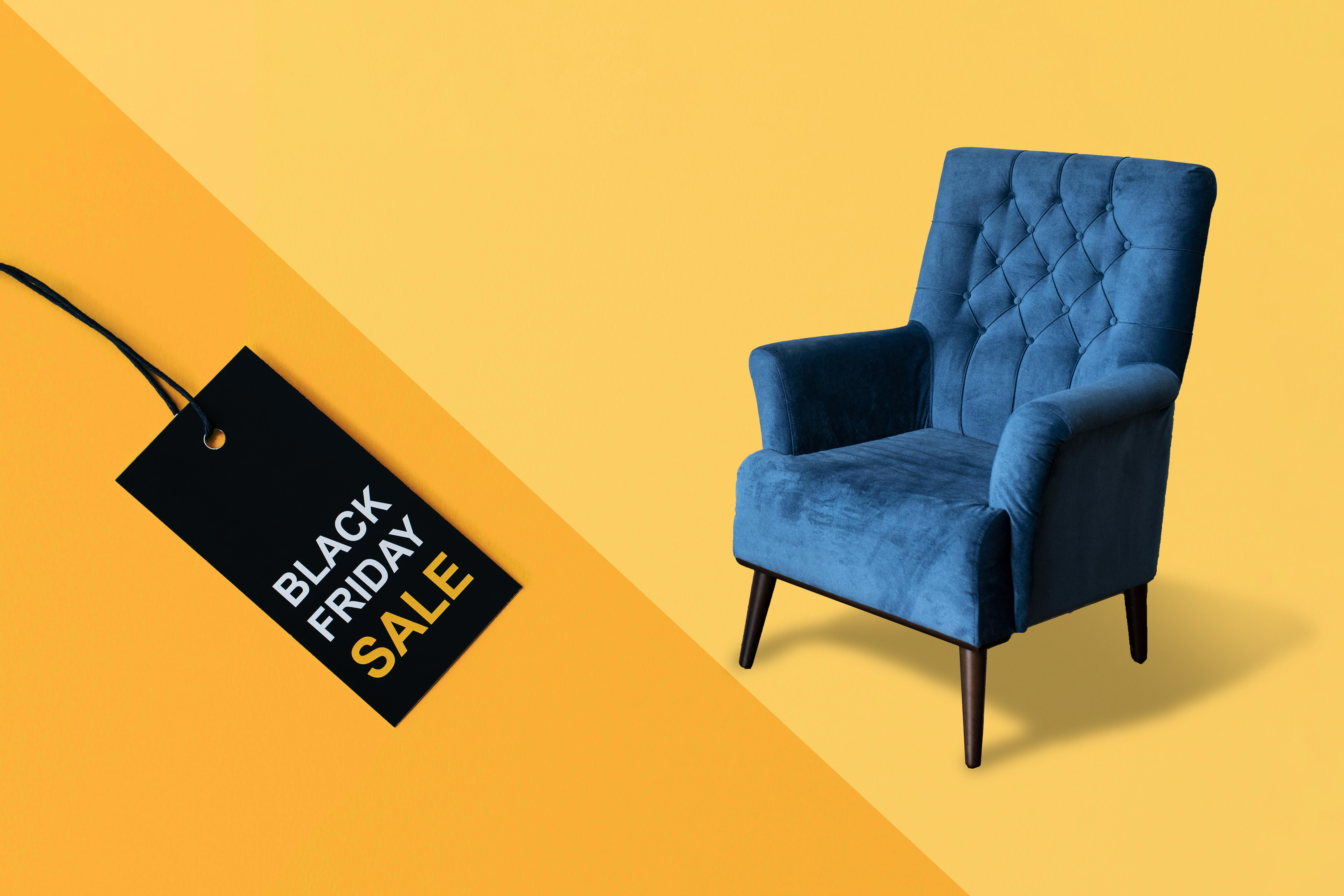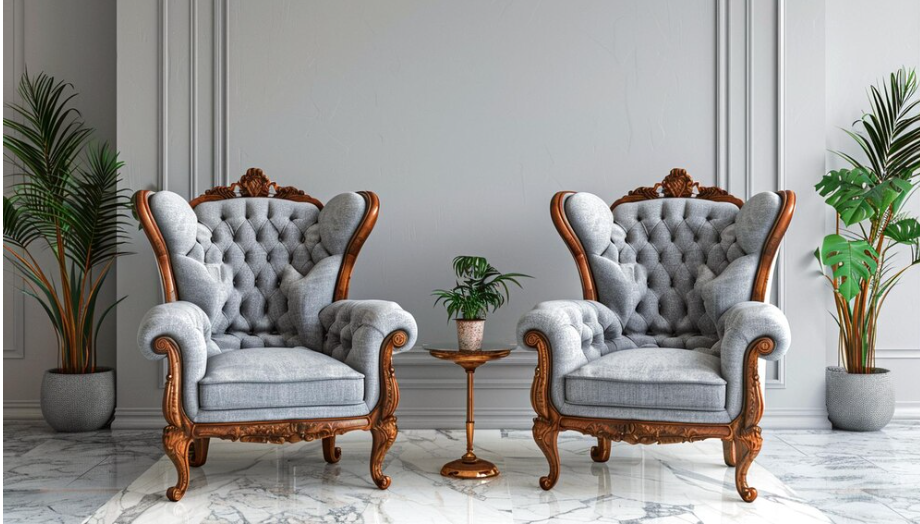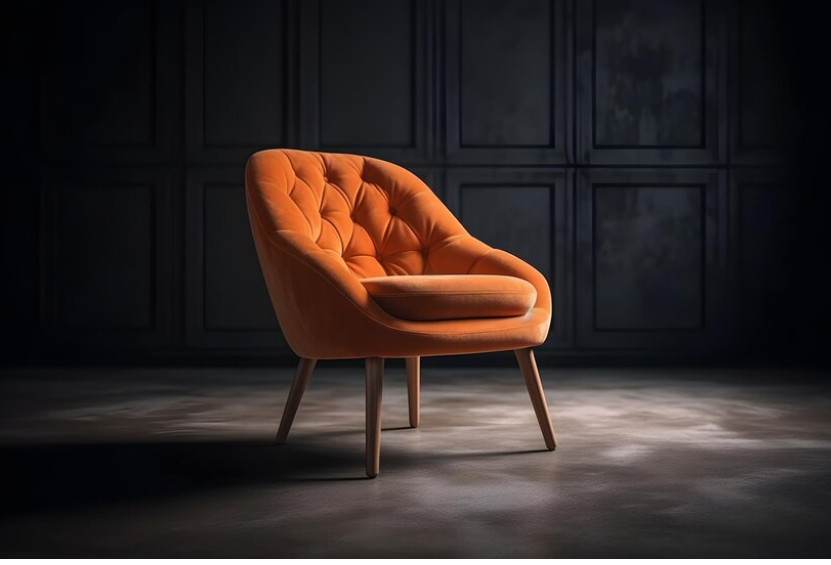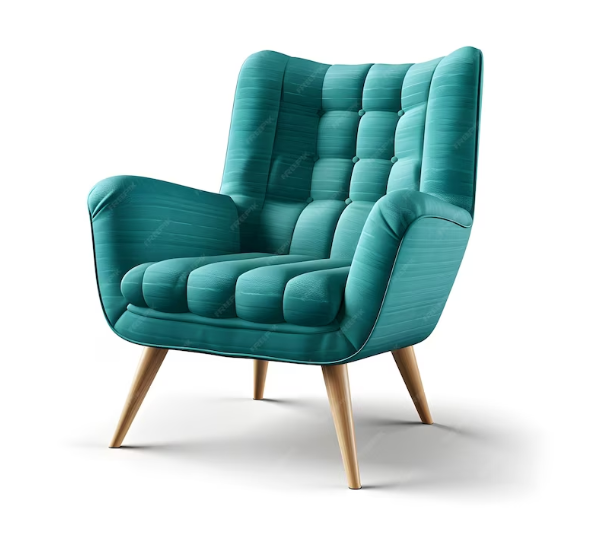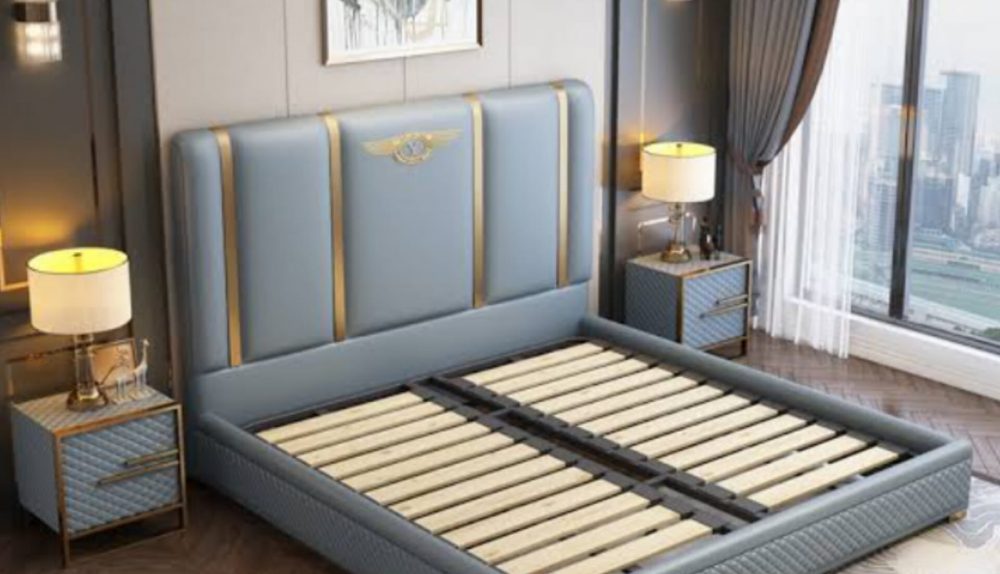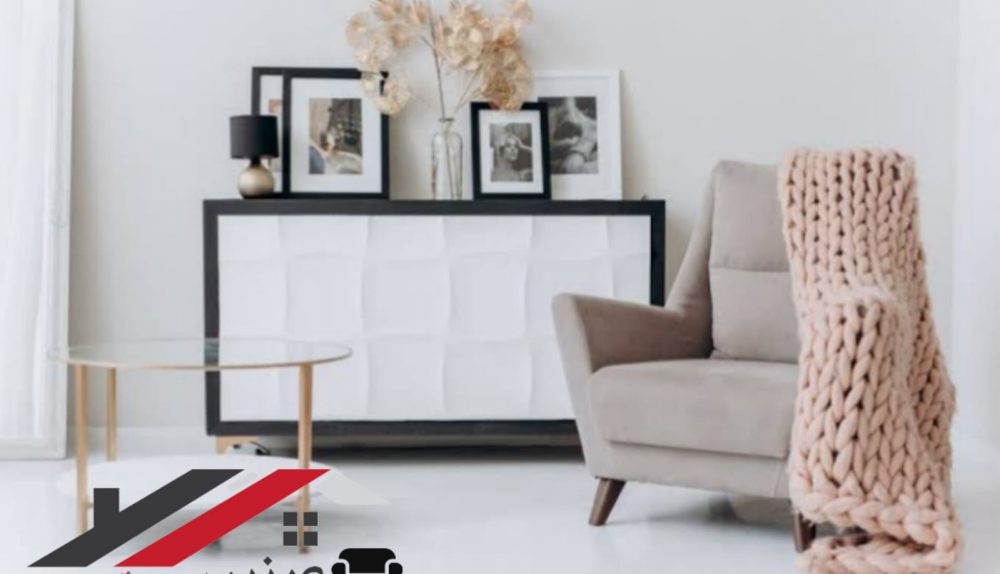The Ultimate Guide to Buying and Selling Used Furniture
In today’s world, sustainability and affordability are becoming increasingly important factors in our purchasing decisions. When it comes to furnishing our homes or offices, opting for used furniture can be a smart and eco-friendly choice. Not only does it contribute to reducing waste, but it also allows you to find unique pieces with character at affordable prices. In this comprehensive guide, we will explore everything you need to know about buying and selling used furniture.
Buying Used Furniture: Tips and Tricks
Shopping for used furniture can be an exciting adventure, but it requires some careful consideration to ensure you find the perfect pieces for your space. Here are some tips and tricks to help you navigate the process:
1. Set a Budget
Before you start browsing, determine how much you’re willing to spend on used furniture. Setting a budget will help you narrow down your options and prevent overspending.
2. Identify Your Needs
Make a list of the furniture items you need for your home or office. Whether it’s a sofa, dining table, or office chair, knowing what you’re looking for will streamline your search and save you time.
3. Explore Different Channels
There are numerous channels where you can find used furniture, including online marketplaces, thrift stores, garage sales, and consignment shops. Explore these options to discover hidden gems and great deals.
4. Inspect Carefully
When inspecting used furniture, pay close attention to its condition. Look for signs of wear and tear, such as scratches, dents, or stains. Test moving parts, such as drawers and doors, to ensure they function properly.
5. Consider Quality and Durability
While price is important, don’t compromise on quality and durability. Invest in well-made furniture that will stand the test of time, even if it means paying a little more upfront.
6. Negotiate the Price
Don’t be afraid to negotiate the price when buying used furniture. Sellers are often willing to negotiate, especially if the item has been on the market for a while.
7. Measure Your Space
Before making a purchase, measure the space where the furniture will be placed. Ensure that the dimensions of the piece are suitable for your room and allow for comfortable circulation.
8. Check Delivery Options
If you’re unable to transport the furniture yourself, inquire about delivery options. Some sellers may offer delivery services for an additional fee, making the process more convenient for you.
Selling Used Furniture: Strategies for Success
If you have gently used furniture that you no longer need, selling it can be a great way to declutter your space and earn some extra cash. Follow these strategies for successful furniture selling:
1. Clean and Repair
Before listing your furniture for sale, give it a thorough cleaning and make any necessary repairs. A fresh coat of paint or polish can breathe new life into old furniture and increase its appeal to potential buyers.
2. Take High-Quality Photos
Good photographs are essential for attracting buyers online. Take clear, well-lit photos of your furniture from multiple angles, highlighting any unique features or selling points.
3. Write Detailed Descriptions
Provide potential buyers with detailed descriptions of your furniture, including its dimensions, materials, and condition. Be honest about any flaws or imperfections to avoid surprises later on.
4. Set a Fair Price
Research the market value of similar furniture items to determine a fair asking price. Consider factors such as age, condition, and brand reputation when pricing your furniture.
5. Advertise Effectively
Utilize online marketplaces, social media platforms, and local classifieds to advertise your furniture for sale. Include relevant keywords and tags to improve visibility and attract potential buyers.
6. Be Responsive to Inquiries
Respond promptly to inquiries from potential buyers and be willing to answer any questions they may have about the furniture. Provide additional photos or information as needed to facilitate the sales process.
7. Offer Delivery or Pickup Options
Consider offering delivery or pickup options to make the purchasing process more convenient for buyers. Clearly communicate any associated costs or logistics upfront to avoid misunderstandings.
8. Be Flexible with Negotiations
Be open to negotiating the price with potential buyers, but know your bottom line and stick to it. Be willing to compromise within reason to finalize the sale.
Conclusion
Buying and selling used furniture can be a rewarding experience that benefits both your wallet and the environment. By following these tips and strategies, you can navigate the process with confidence and achieve successful outcomes. Whether you’re furnishing your home or decluttering your space, used furniture offers endless possibilities for creativity and affordability. Embrace the journey and enjoy the thrill of discovering hidden treasures in the world of secondhand furniture.

